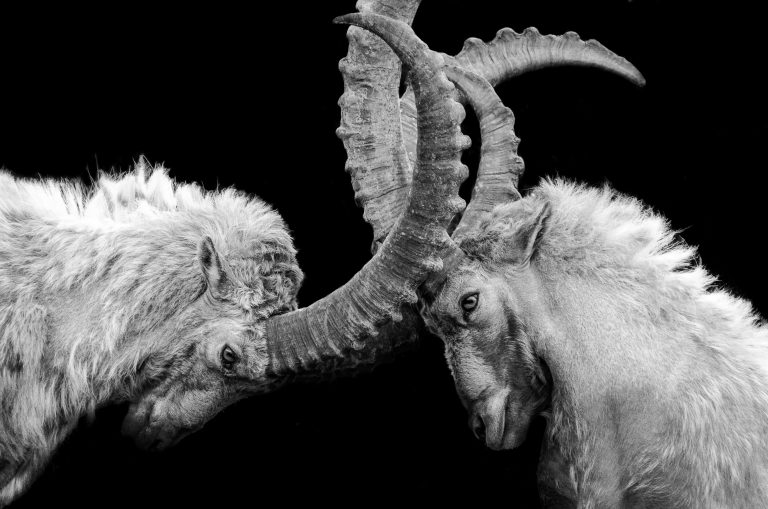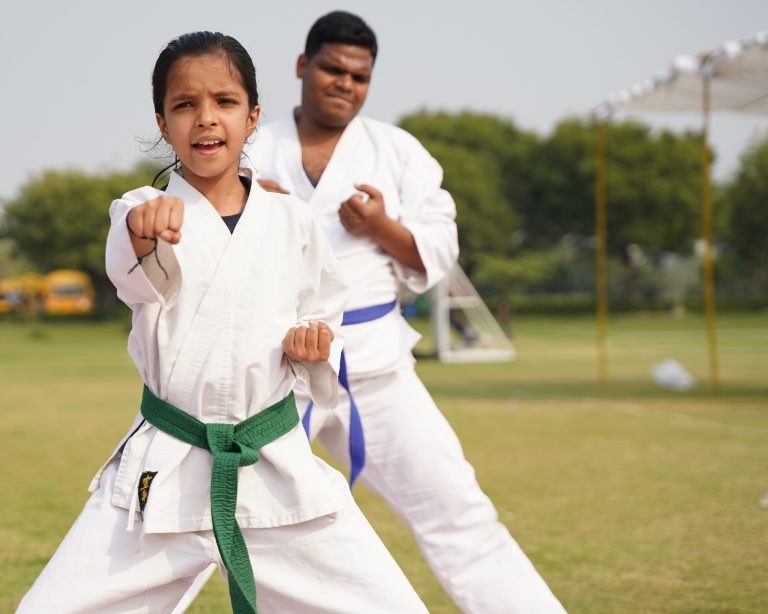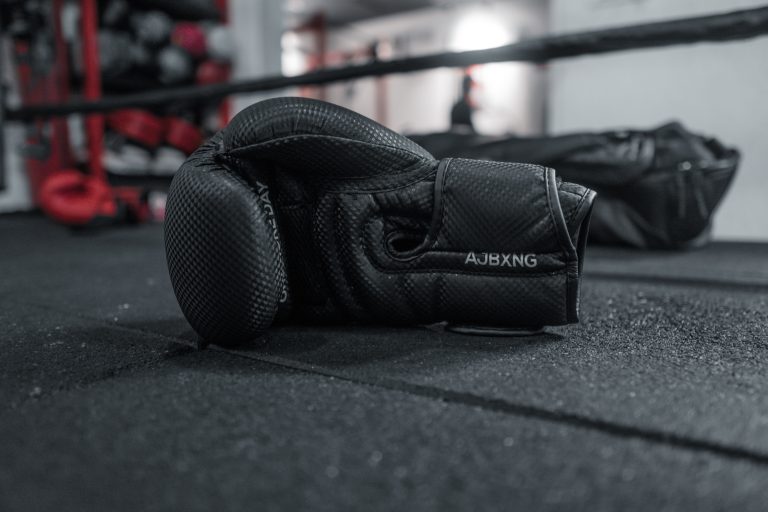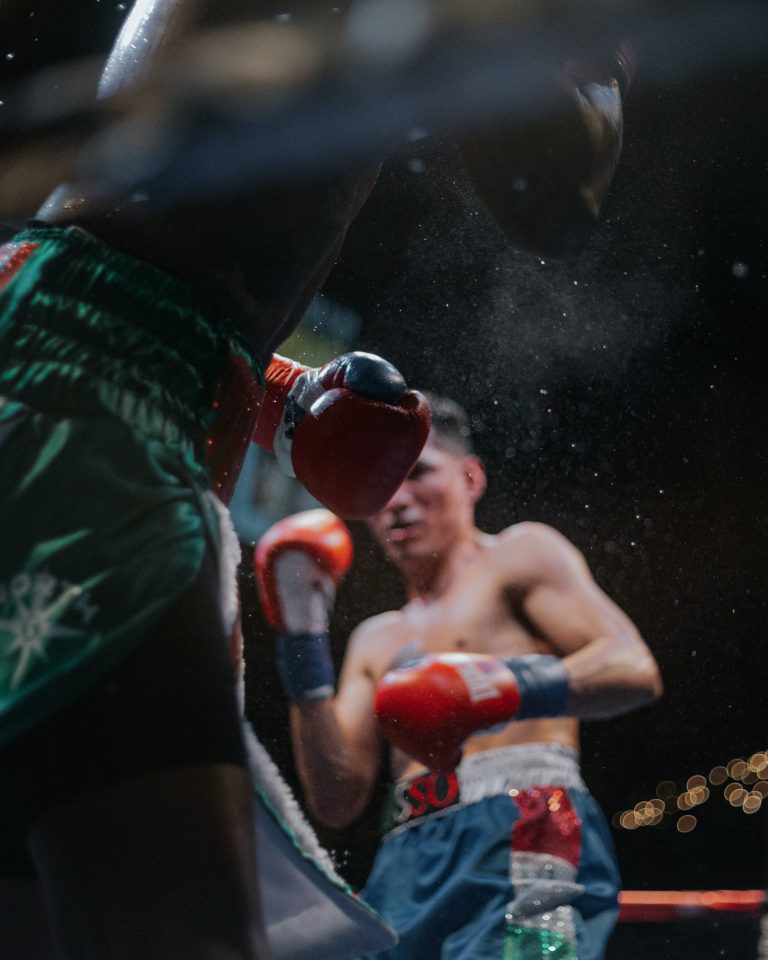Karate Belt Colours in Order UK: A Complete Guide
Karate is known as one of the most popular martial arts worldwide. It is a discipline that requires a lot of hard work and dedication to master. As you progress in your karate journey, earning belts is an important part of tracking your progress and achieving your goals. Belt colors in karate can signify a rank and level of knowledge, with the highest-ranked students being at the top of the hierarchy. In this blog post, we will explore the order of karate belt colours in the UK, from beginner to advanced levels.
The History of Karate Belts
Karate, similar to other martial arts, has a long-standing tradition of using coloured belts to mark rank and progression. The concept of belts in karate was first introduced in Japan in the early 1900s by Jigoro Kano, the founder of Judo. Belts were used to indicate a student’s knowledge of the art, along with their experience and technical ability.
In karate, the belt system that we know today was first introduced in the 1930s by Gichin Funakoshi, the founder of Shotokan karate. Funakoshi created a ranking system that used different colour belts to differentiate between the beginner and advanced levels. As students gained knowledge and experience, they would advance to higher-level belts.
Karate Belt Colours in Order UK
The karate belt system in the UK is a standardized ranking system, and the order of belt colours is generally consistent across different karate styles. Below is a list of karate belt colors in order from beginner to advanced level:
White Belt
As with many martial arts, the white belt in karate signifies a beginner level. It indicates that the student has just started their journey and has little or no knowledge of karate.
Yellow Belt
The yellow belt is the first step towards advancing in the ranking system. It is awarded to students who have mastered the basic techniques and have a good understanding of karate.
Orange Belt
The orange belt indicates that a student has a deeper understanding of karate and has been awarded for their commitment and hard work.
Green Belt
The green belt indicates that a student has achieved a higher level of mastery in terms of technique and knowledge.
Blue Belt
The blue belt is awarded to students who have advanced to an intermediate level of karate. They have shown a considerable level of dedication and skill in their practice.
Purple Belt
The purple belt is a significant achievement in karate. It indicates that a student has advanced to a higher level and has demonstrated exceptional skills and knowledge.
Brown Belt
The brown belt is the highest-ranking belt before black. It indicates that a student has reached a level of mastery in karate that few achieve.
Black Belt
The black belt is the highest-ranking belt in karate. It signifies that a student has achieved a level of mastery where they are considered an expert in their field. Earning a black belt can take years of dedication, discipline, and hard work.
Karate Belt Colours in Order UK – Frequently Asked Questions
Karate is one of the most popular martial arts practised worldwide. It involves self-defence techniques that require physical and mental skills, discipline, and focus. One aspect of karate that is often considered as a symbol of skill and experience is the belt colour. Here are some of the most common questions asked regarding karate belt colours in order in the UK:
What is the significance of belt colours in karate?
In Karate, the belt system signifies the level of proficiency and expertise of the practitioner. The colour of the belt, therefore, represents the rank of the individual. The higher the rank, the darker their belt colour.
How many belt colours in order are there in karate?
The number of belt colours in order can vary depending on the style, tradition, and association. However, the most commonly accepted colours in karate ranking systems are white, yellow, orange, green, blue, brown, and black.
What is the order of karate belt colours?
The order of karate belt colours is as follows:
1. White Belt
2. Yellow Belt
3. Orange Belt
4. Green Belt
5. Blue Belt
6. Brown Belt
7. Black Belt
Some associations and styles may also have intermediate belts, such as purple or red which fall in between the above rank colours.
How do I progress through the belt colours in karate?
To progress through the belt colours in karate, one must train and follow the guidelines and requirements set by their association or style. These guidelines typically include mastery of techniques, physical and mental conditioning, and a certain amount of time spent at each belt rank.
For example, the time spent at each belt rank may differ based on the association, but it typically takes around 3-6 months of consistent training to pass the requirements for each belt colour.
When do I get my black belt?
A black belt is the highest ranking belt colour in karate. It is a symbol of mastery and expertise in the art. In most associations, it takes several years of consistent training and mastering of techniques to progress to the level of a black belt.
The timeframe can differ based on the individual’s dedication, time spent training, and the association’s specific requirements.
Can I skip a belt rank in karate?
Skipping a belt rank in karate is possible but rare. It usually only occurs in special circumstances such as a demonstration of exceptional skill or if an individual has previously studied and achieved a certain level. Skipping a rank is at the discretion of the instructor or association.
What is the significance of a red and white striped karate belt?
In some karate associations, a red and white striped karate belt is awarded in between an advanced level brown belt (2nd or 3rd kyu) and a full black belt. The red and white stripes represent a step towards mastery and signify that the individual is an expert practitioner.
Do all karate associations follow the same belt colour order?
No, not all karate associations follow the same belt colour order. Some modify the order or add intermediate belt colours. It’s crucial to check the guidelines set by your association to make sure you are following the correct belt colour order.
Karate Belt Colours Order UK: A Comprehensive Guide to Karate Belts
Karate is one of the most popular martial arts in the world, notable for its emphasis on discipline and respect. One of the core components of karate is the belt system which signifies a student’s level of skill and experience. This article aims to provide a detailed guide on the order of karate belts in the UK.
What is the Belt System in Karate?
Karate belt system is a method of ranking and demonstrating a student’s belt level. Typically, beginners start with a white belt, and as they progress and develop greater skill, they are awarded different coloured belts. Each coloured belt represents a new level of mastery, knowledge and experience.
There are many different variations of karate, each having their own unique belt system. However, the most commonly used belt systems in the UK are the Kyu/Dan ranking system and the kyu ranking system.
Kyu/Dan Ranking System
The Kyu/Dan ranking system is the most widely used ranking system in the UK. This system comprises of two types of belts:
1. Kyu (under black belt): The Kyu belts are the coloured belts a student wears while working towards their black belt.
2. Dan (black belt): The Dan belts are the black belts awarded to students who have achieved a high level of mastery in karate.
Kyu Ranking System
The Kyu ranking system is a ranking system used in some styles of karate, mainly Shotokan and Shitō-ryū. This system consists of nine ranks, each having a different coloured belt. These belts are traditionally made of cotton or silk and are tied around the waist.
Below is a list of belts in order from the lowest to the highest in both Kyu/Dan and Kyu ranking systems:
Kyu/Dan Ranking System
1. White Belt (no rank)
2. Orange Belt
3. Red Belt or Blue/White Belt
4. Yellow Belt
5. Green Belt or Purple/White Belt
6. Purple Belt
7. Brown Belt or Black/Red Belt
8. Brown Belt or Black/White Belt
9. Black Belt
Kyu Ranking System
1. White Belt (no rank)
2. Red Belt or Yellow/White Belt
3. Yellow Belt
4. Purple Belt
5. Purple/White Belt
6. Green Belt
7. Green/White Belt
8. Brown Belt
9. Brown/White Belt
How to Earn a Belt in Karate?
In order to earn a belt in karate, you need to practice, learn and train extensively under the guidance of a qualified instructor. It is important to stress that earning a belt is not solely based on your number of training hours. It is based on your level of skill, understanding, and mastery of the techniques.
In most traditional karate schools, belt promotions are arranged by the instructor and are typically held every three to six months. Students are assessed through a grading system in which they have to perform their katas and sparring techniques in front of a panel of judges.
Conclusion
The karate belt system is an essential part of the martial art and culture, and it signifies the student’s progress and dedication to the sport. Understanding the various ranks and colours in the UK karate belt system can help you appreciate the advancements of different practitioners. By following the curriculum set out by your instructor and committing your time and effort, you can progress through the ranks and achieve the coveted black belt.
Inhaltsverzeichnis






